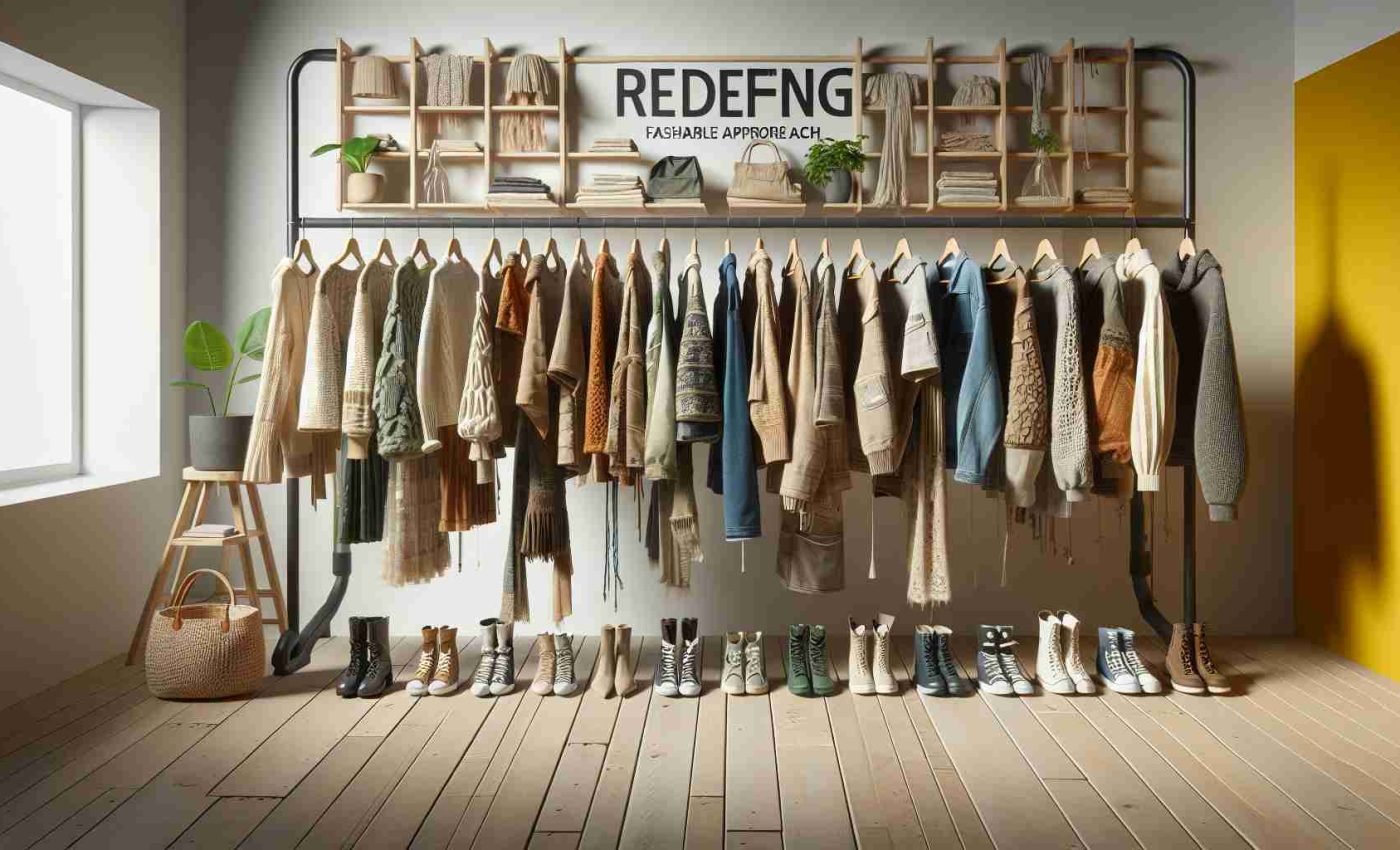As awareness of environmental issues grows, the fashion industry is undergoing a significant transformation. Sustainable fashion focuses on minimizing environmental impact and promoting ethical practices throughout the clothing lifecycle. This blog explores the importance of sustainable fashion and offers practical tips for making eco-friendly choices in your wardrobe.
The Importance of Sustainable Fashion
The fashion industry is one of the largest polluters in the world, contributing to water pollution, carbon emissions, and significant waste. Here are some key reasons why sustainable fashion matters:
- Environmental Impact: Traditional fashion practices consume vast amounts of water and resources, leading to pollution and habitat destruction. Sustainable fashion aims to reduce this footprint through eco-friendly materials and production methods.
- Ethical Practices: Many fast fashion brands exploit labor in developing countries, resulting in poor working conditions and unfair wages. Sustainable fashion prioritizes fair labor practices and transparency in the supply chain.
- Circular Economy: Sustainable fashion encourages a circular economy, where clothing is designed for longevity, reuse, and recycling. This approach helps reduce waste and promotes responsible consumption.
Tips for Making Eco-Friendly Choices
- Choose Sustainable Materials
- Look for clothing made from organic cotton, linen, hemp, or Tencel, which have a lower environmental impact than conventional fabrics.
- Consider recycled materials, which help reduce waste and resource consumption.
- Support Ethical Brands
- Research brands that prioritize sustainability and ethical practices. Look for certifications like Fair Trade, GOTS (Global Organic Textile Standard), or B Corp to ensure responsible sourcing and production.
- Many brands offer transparency about their supply chain and environmental practices, making it easier for consumers to make informed choices.
- Practice Mindful Shopping
- Before making a purchase, ask yourself if you truly need the item. Focus on quality over quantity, investing in versatile pieces that will last longer.
- Avoid impulse buying by creating a shopping list and sticking to it. This helps reduce unnecessary purchases and supports sustainable consumption.
- Embrace Second-Hand Shopping
- Thrift stores, consignment shops, and online marketplaces are excellent sources for finding unique, pre-loved clothing. Buying second-hand extends the lifecycle of garments and reduces waste.
- Consider organizing clothing swaps with friends or family to refresh your wardrobe without buying new items.
- Care for Your Clothes
- Extend the life of your garments by following care instructions, washing in cold water, and air-drying when possible. Proper maintenance can significantly reduce the frequency of replacements.
- Learn basic repair skills like sewing buttons or fixing small tears to keep your favorite pieces in circulation longer.
- Stay Informed and Advocate for Change
- Educate yourself about the fashion industry’s impact on the environment and society. Share your knowledge with others and advocate for sustainable practices in your community.
- Support policies and initiatives that promote sustainable fashion, such as garment recycling programs and fair labor practices.
